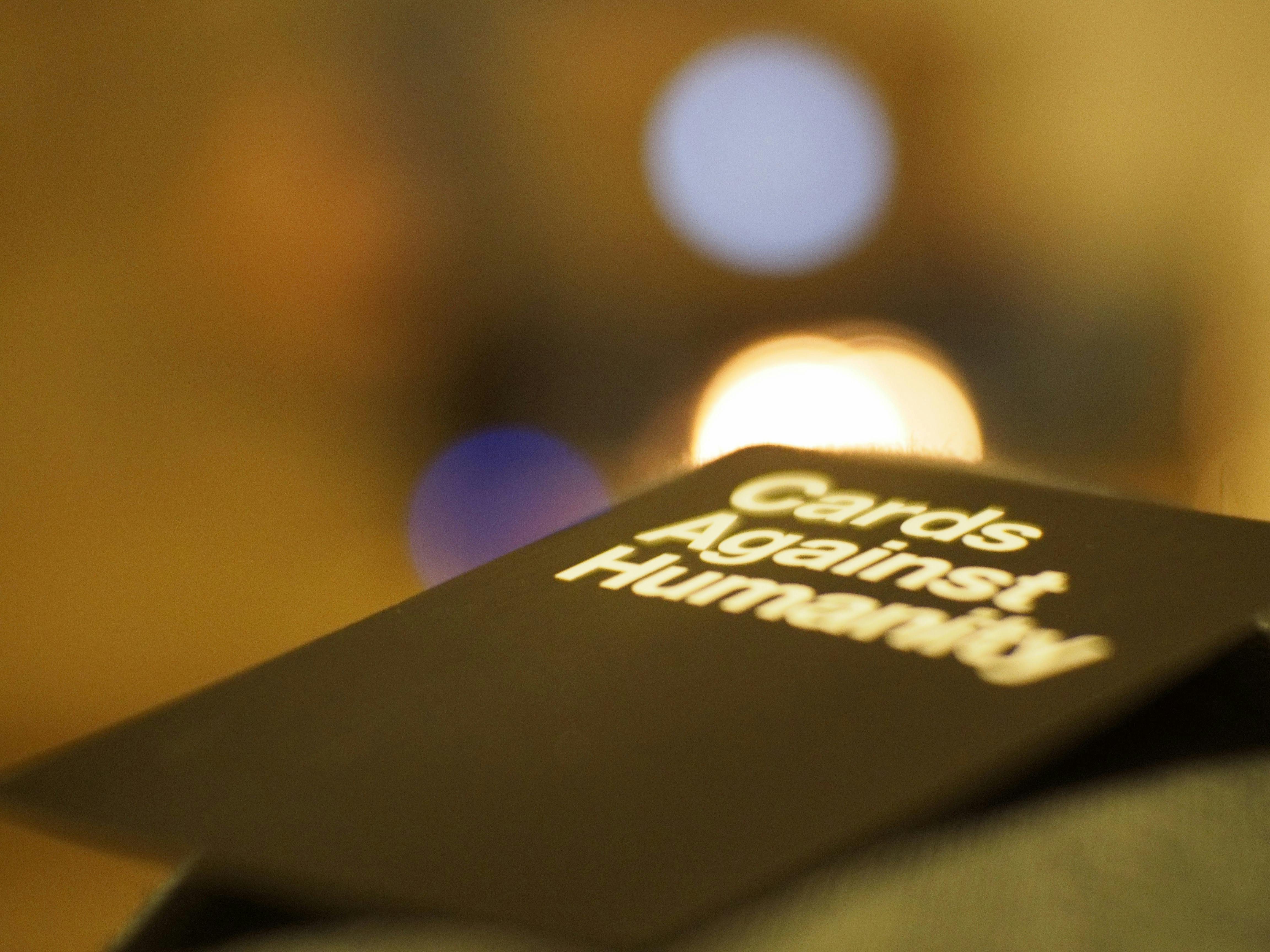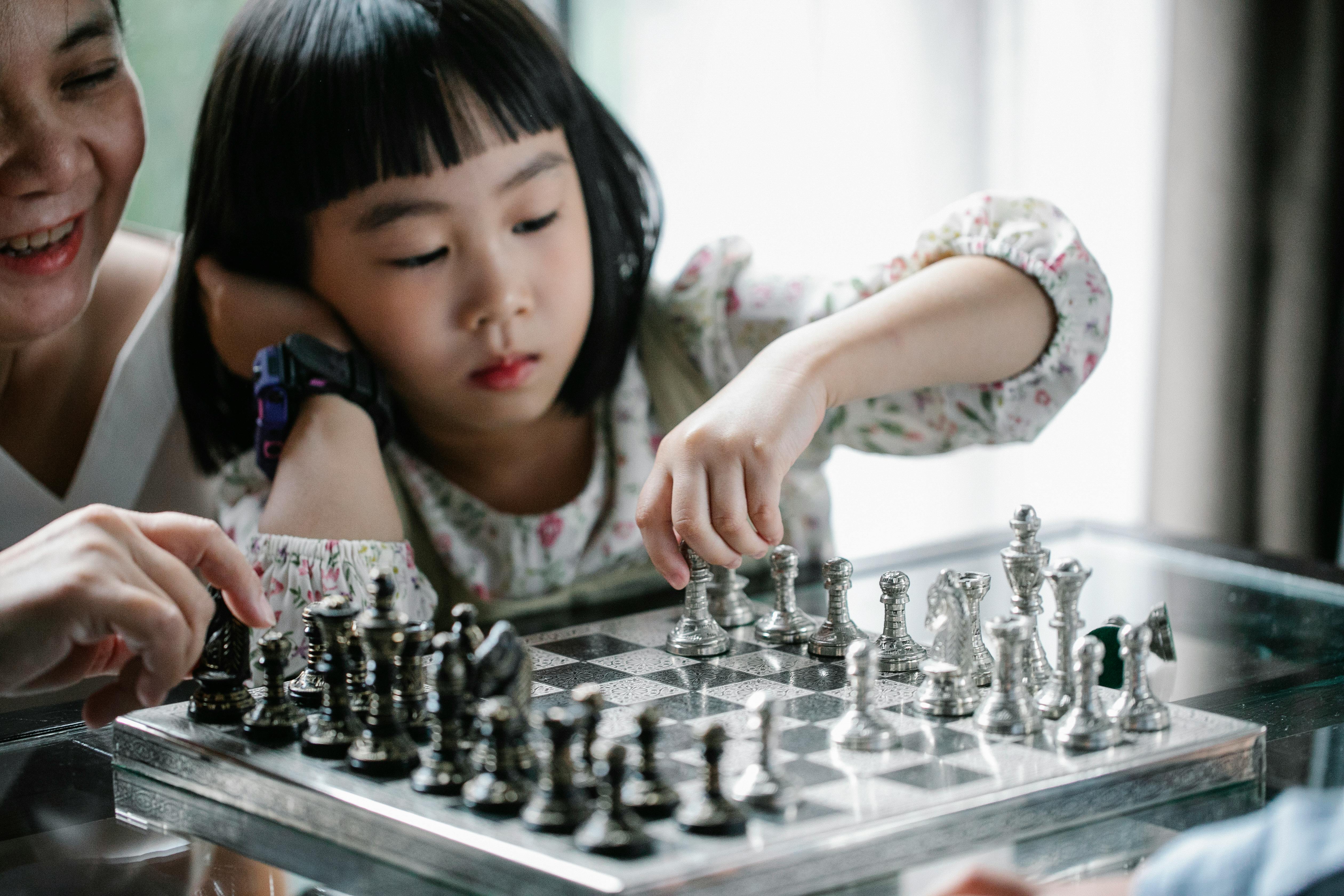The history surrounding combat arts in and around China is extremely vague. This is mainly due to hiding the arts from the Manchus during their rule over the Chinese. I have read various accounts and stories about the development of Kung Fu and although there are many similarities, there are also a large number of contradictions. I am not telling you that this is “THE” true account of the history of Kung Fu, but rather a compilation of terms and events that take us out of the darkest ages. (More historical notes will be included in future lessons.)
Mui Fa Kuen (Plum Blossom Fist)
Mui Fa is an extremely common theme in Chinese martial arts due to the popularity of the flower in the rest of Chinese culture. Many other kung fu styles also have Mui Fa forms. The original Mui Fa Kuen is said to have been a Northern Shaolin ensemble, believed to have been founded by Hou Yuan Jia. In addition to the fist form of Mui Fa, there are also many other games, including sword and spear games, making Mui Fa a small system in itself.
This short and simple but very practical form is presented in four directions, like the petals of a plum blossom, teaching attack and defense in each direction. The first series of Mui Fa teaches basic footwork and stances, as well as starting bridging and kicking techniques. Many fundamentals are taught in this set, as well as some of Hung Gar’s trademark techniques.
A brief history of Hung Gar Kuen
The evolution of Kung Fu is closely related to the development of Buddhism practiced by monks throughout China. Buddhism did not originate in China, but was introduced from India (between 58 and 76 AD during the Eastern Han Ming dynasty), where it originates. Over the following centuries, many Chinese emperors embraced Buddhism, slowly becoming the most widely practiced religion in China and with it the introduction of thousands of Buddhist temples.
Around the year 540 AD. C., an Indian priest named Bodhidharma traveled to China to spread what would later be called Zen Buddhism. On his journey he came across a temple called Shaolin, at the time famous for translating Buddhist writings into Chinese. Bodhidharma observed that the monks were in poor physical shape as they spent a lot of time writing and meditating, so exercises were introduced to improve body strength and energy flow. These exercises developed from Indian yoga and were based on the movements of real and mythical animals.
Fighting styles had existed in China for many centuries before Shaolin began to develop any form of martial arts. The monks of the temple were very peaceful, but in the remote areas of the countryside they often encountered bandits or wild animals. Not all monks would study martial arts, but over time many retired soldiers of all ranks converted to Buddhism and joined the temple. This meant that soldiers could accompany their fellow monks on dangerous journeys to provide protection, and with their skills combined with daily exercise, Shaolin kung fu began to develop. The monks studied and imitated the movements of the animals and realized that they possessed natural self-defense and killing techniques to survive, which the monks refined into their own fighting systems.
As time went on, the Shaolin sect began to deviate from the other Buddhist sects as its focus became more and more conditioned towards the study of martial arts, which seemed to be something of a contradiction to Buddhist principles. The monks responded by simply stating something like “Understanding something like violence makes you better equipped to resolve a conflict.”
In the mid-17th century, invaders from Manchuria led by the Ching family put an end to the Ming dynasty and finally conquered China. Those fleeing from the Ching sought refuge in the Shaolin temple, initially only passive residence was allowed but due to the injustice suffered by the Chinese people, Shaolin soon became the center of resistance. At this time, Shaolin had five elders:
Jee Shin Sim See- Founder of Shaolin Iron Cloth, creator of Wing Chun and founder of Hung Gar Kuen.
Bai Mei – Founder of Golden Bell Iron Body Chi Gong
Fong Sai Yuk- Famous swordsman, founder of White Tiger Kung Fu.
Miu Hin – Founder of Five Shapes Boxing and helped develop Wing Chun.
Ng Mui- Buddhist nun and Dim Mak expert, helped develop Wing Chun, founder of Dragon Shape Boxing and Wu Mei.
In 1647 AD, the original Shaolin temple in Henan province was burned down by the Ching. Many of the monks were killed and the rest fled into hiding, seeking refuge in other temples and monasteries. The five elders are said to have escaped by helping to form other rebel groups and training the people using their expert fighting skills. Fong Sai Yuk, took refuge in Wudan Mountain in Hubei Province (home of internal martial arts), with the help of his elder companions, organized a following of up to a million called the Heaven and Earth Society.
It is later said that the Buddhist nun Ng Mui taught Yim Wing Chun, one of her close friends, a system of hand-to-hand fighting that would later take her name (wing chun), so that she could publicly challenge her husband to a fight. forced marriage to get it back. his freedom
Fong Wing Chun, a relative of Fong Sai Yuk, was a master of White Crane Kung Fu. She married Hung Hei Goon and it was he who used her experience in Tiger kung fu, combined it with her wife’s knowledge of the White Crane system developed in southern Hung Gar Keun. Hung Hei Goon gained a reputation as a highly skilled fighter and was known as “The Southern Fist”. The essence of Hung Gar is found in his name. “Hung” means “to stand tall with integrity.”
Hung Hei Goon was a disciple of Jee Shin Sim See. As a master of Hung, he generally appears at the top of most of the Hung Gar lineages, placing the origins directly in the Shaolin temple.
My teachers and lineage
hung hei goon
Luk Ah Choi (1740-1845)
Leung Kwan aka “Tid Kiu Sam” (1815-1888)
Ng Hei Kwoon
Hang Yat Sui
Lai Ng Sam (1927-1995)
Jeff Hasbrouck (1947 – )
Phil Dandridge (1962-)



Recent Comments